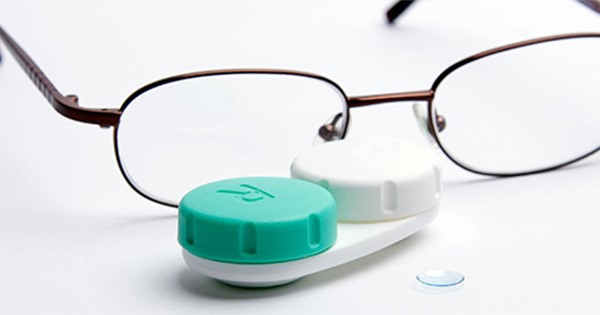For people with visual impairment, it always comes down to choosing between two very similar visual aid systems: Contact lens or Eyeglass? It is no joke trying to pick the ideal vision aiding equipment. The “community” seem to be torn between the two options as well.
On the one hand, you have a large proportion of people favoring the eyeglass due to its simplicity and a relatively lower rate of eye infection issues. The rest, however, favor the contact lens primarily due to its effectiveness and its convenience for everyday usage purpose.
This adds to the already existing dilemma of people trying to pick their ideal option. So which one should you pick?
P.S. Many people also choose to use both glasses and lens as well for various purposes.
- Clarity
Eyeglasses: Traditional eyeglasses with the correct power recommendation usually do not have any major limitations in terms of clarity. However, the small distance between your actual eyes to the lens of the glasses creates minor distortions and provides inaccurate image formation. Also, one crucial limitation of the eyeglass is the inability to promote side (peripheral) vision
Lens: Lenses, on the other hand, are placed directly in contact with the cornea. This reduces the chances of formation of any minor magnitude of distortions and promotes a more accurate image. Lenses also give you a complete field of view, just like normal eyes do.
- Obstruction
Eyeglass: The entire design of the traditional eyeglass screams distractions. You have to be wary about wearing an external vision aid equipment at all times. It’s one of the reason’s you can’t play normal sports activities.
Lens: With the lens, there are negligible obstructions. Since they are fitted within the eye itself, they do not pose any physical distractions even if you decide to go for a run or play normal sport.
- Weather dependency
Eyeglass: The optimal functionality of the glasses depend majorly on the external weather conditions. They tend to fog up during misty days, or even become more than useless on rainy days as well. Other times they are too uncomfortable to wear on a hot summer day as well.
Lens: The functionality of the lenses does not depend on different weather conditions. They function efficiently irrespective of any weather conditions, just like a normal eye.
- Weight
Eyeglass: Unless your eyeglass is made of feather, the simple design concept of the eyeglass adds significant weight to your face and ears as well. This obviously creates more uncomfortable situations, especially during a typical summer day.
Lens: The overall weight of the lens is practically insignificant. You just pop one in, and you forget about it until you have to remove it while sleeping.
- Normalcy
Eyeglass: With eyeglass, you are most likely to be tagged as a nerd or dorky (unless you don’t mind that). There are a lot of limitations of using physical eyeglasses that prevents you from experiencing normal life.
Lens: With lenses, you get to experience the feeling of a normal person with normal eyes, instead of always being the one with the glasses.
- Precautionary steps
Eyeglass: The design and the working mechanism of the eyeglass is a straight forward process. There are almost negligible precautionary steps you need to worry about when using eyeglasses.
Lens: Contact lenses come with its fair share of simple and uncomplicated precautionary steps you need to undertake to minimize the risk of an unprecedented eye infection. Hence, some magnitude of additional work is required.
Contact lens in all the right senses makes a more compelling and logical choice of aiding your vision with some generous precautionary steps to implement. Buy contact lens from eye contacts and make sure you implement the recommended preventive measures to access its optimum efficiency.

